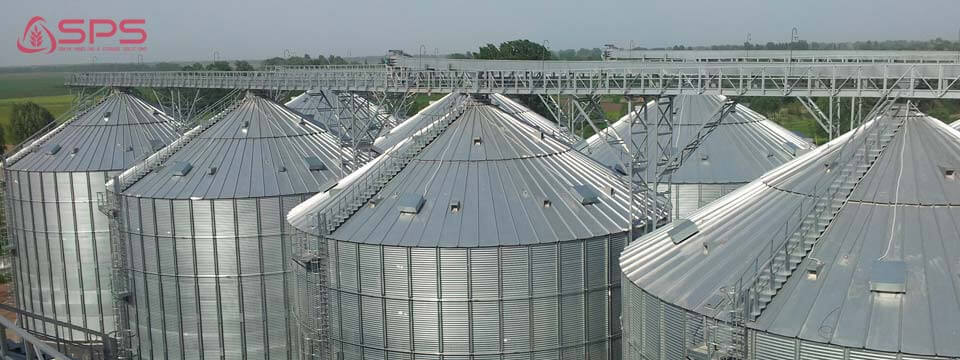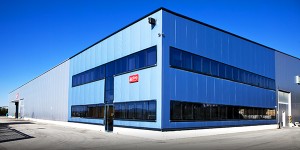Increased speed and capacity are two of the biggest trends impacting grain storage and handling construction, according to a recent World Grain survey.
According to respondents of a recent World Grain survey of equipment suppliers, the main trends impacting the grain storage and handling project construction are:
- Increased speed and Both impact the size of equipment and the infrastructure needed to support it.
- Proper product design and material usage is critical. Work systems are being pushed harder than ever, which means proper product design and material usage is critical for durability and longevity, said one supplier.
- Efficient on-site traffic flow along with increased automation. Equipment selection, layout and design, drying and storage capacity are all being centered on moving grain quickly. Customers are seeking efficient on-site traffic flow along with increased automation.
- Site-specific projects. Customers also are looking for site-specific projects as a way to control costs and to ensure their facility best meets the demands of their environment and customers. They want innovative products that are more efficient and have greater value.
- More auxiliary equipment. There is a growing need for more auxiliary equipment for drying, cleaning, grain handling and further processing. These trends require longer lead times due to additional site planning and installation.
- Food safety and reduction of food losses. Another global trend noted by multiple equipment suppliers is food safety and the reduction of food losses. This is driving the need for safe and effective grain storage. Manufacturers said they have an important role to play in providing such storage in order to reduce grain loss.
In some parts of the world, it’s not unusual to see 30% to 40% post-harvest losses. It’s estimated that one-third of food produced for human consumption is wasted. Even in developing markets where people are starving, food waste per capita is as high as 170 kilograms per year.
Good cleaning, gentle conveying, appropriate drying like storage aeration and cooling reduce post-harvest losses considerably, one supplier noted. Failure to dry crops adequately can lead to much higher levels of loss.
Poorly conceived ventilation of grain storage can result in further problems. If humid air is blown into dry grain in storage, for example, moisture will develop, building up significantly when the air temperature is higher than the grain temperature. Therefore, a well moderated airflow is important to extend storage time and hence market flexibility.
Different areas of the world are experiencing their own unique trends, such as in Australia, where a current major design element is for sealed fumigation grain storage. The nation is also experiencing expansion in its container packing facilities in order to utilize the large number of containers that leave the country for high demand in Southeast Asia.
The industry is moving forward despite considerable challenges in the last year. Market recessions in regions such as South America along with overcapacities in China and ongoing political challenges have led to cancellations of orders.
Sharp drops in raw material prices, such as rice and grain, also put a brake on investments, suppliers noted. Devaluation of the euro by some 10% has impacted suppliers’ cost base and competitiveness.
Commodity prices and currency fluctuations have created very conservative spending environments and habits for buyers. Some customers are taking a “wait-and-see” attitude due to the current economic climate.
In the U.S., the demand for new commercial grain projects has remained strong. There is some uncertainty associated with commodity prices and fluctuating currency prices, but there is also pressure to continue to meet needs and demands.
Source: WorldGrain.com

